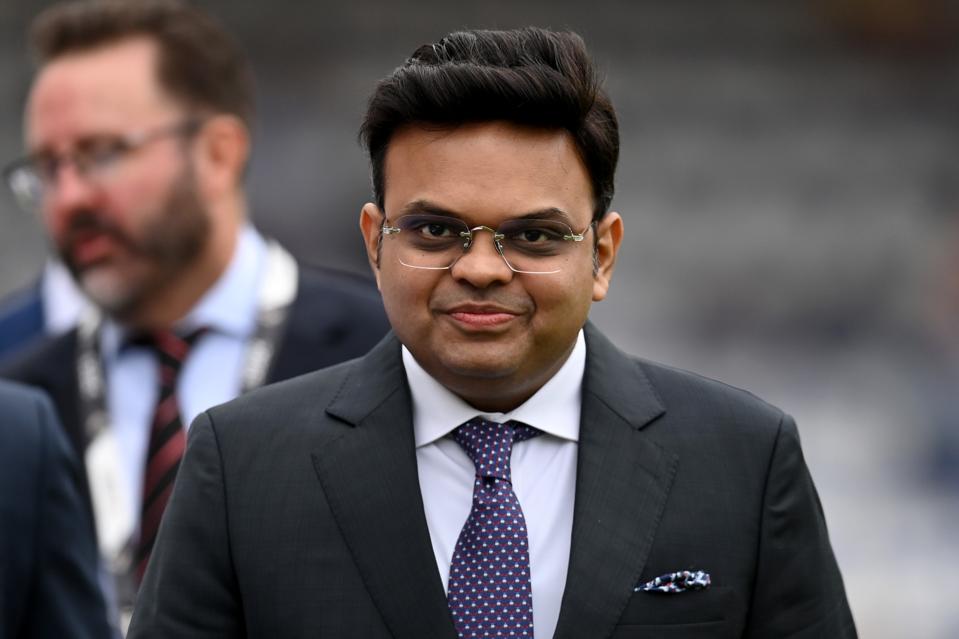Walk around the block in the colonial heartland of this affluent city-state and tourists are snapping away at famous 19th century hotel Raffles, while others make a beeline for the opulent Long Bar where the original Singapore Sling cocktail was concocted.
Not far away is the magnificent Singapore Cricket Club, built in 1852 and where Sri Lankan legend Sanath Jayasuriya smashed the then fastest ODI century against India in 1996 that caused mayhem to the nearby roads.
Singapore has been off the cricket map in recent decades – having once been discussed as a foreign base for the Indian Premier League – but hopes are high for the South-East Asian hub to re-emerge.
Hosting the International Cricket Council’s annual conference is a sign of its reawakening as the sport’s most influential administrators converged for a series of meetings from July 17-20.
It was a landmark event as a new era launched after the recent appointment of Sanjog Gupta as chief executive, as I first flagged in January, hot on the heels of Indian compatriot Jay Shah’s ascension as ICC chair.
Despite some scepticism over whether they will rule with an iron fist, tightening mighty India’s stranglehold, the new leaders are keen to put their stamp on cricket, a staid British bat and ball sport seemingly at the crossroads with its trio of formats and plethora of T20 franchise leagues threatening the sanctity of international cricket.
Other than the Olympic qualifying issue and the spectre of suspension hovering over embattled USA Cricket, with chair Venu Pisike and chief Johnathan Atkeison looking rather ashen-faced, the future of cricket’s formats was the talk in the corridors.
Final decisions are rarely made at annual meetings, so it was not surprising that there weren’t major developments. A working group tasked with addressing pressing issues over cricket’s three formats was formed and is believed to include representatives from power countries India, England and Australia.
The chiefs from smaller Full Member Zimbabwe and Associate nation Namibia – countries who have hosting duties at the 2027 World Cup – are also on the working group, it is learned.
There have already been smaller working groups looking into some of the issues – such as formats and the Future Tour Programme – so some grunt work has been done.
A radical plan to split Test nations into two divisions has been long mooted and does appear likely to ensue at some stage. The World Test Championship has been a good starting point but there is a prevailing belief that there needs to be greater context, some type of league structure would fit the bill.
Promotion and relegation would add great drama, but there is baggage with the big three nations seemingly reticent on the prospect of being demoted.
That looms as a sticking point and so too how funds would be distributed with the mooted Test Match Fund – where the big three would provide financial support to smaller nations – appearing to have stalled, it is learned.
Four-day Test cricket, which has been played intermittently since 2017, will also be analyzed with support coming from smaller nations who want it sanctioned for the next WTC cycle. The truncated Test version helps ease the financial strain for those financially-stricken countries struggling to cover the costs of host.
While Test cricket still flourishes in the traditional markets of England and Australia, it has diminished popularity elsewhere and won’t expand. It appears that Test cricket will not expand past 12 teams for the foreseeable future, maybe forever, while Full Membership is also not expected to grow for some time.
It is the three-hour game of T20 that is cricket’s growth engine and might eventually lead to an increase of 32-team T20 World Cup. Twenty teams competed at last year’s T20 World Cup and that number will remain the same for next year’s edition after 16 teams had participated in the events from 2016-22.
In a presentation to board directors, it is learned that a 32-team T20 World Cup is a goal but there is no specific timeline and a staggered increase – such as starting with 24 teams – could well be implemented first.
The recent qualification of Italy – which generated global headlines – has invigorated administrators and was further evidence that cricket’s depth is increasing beyond traditional footholds.
A major issue in cricket has been the talent drainage of smaller nations to lucrative T20 franchise leagues. This was reinforced in West Indies’ recent Test series defeat to Australia, where they could have avoided an all-time low total if bolstered by several of their players involved in America’s Major League Cricket.
The working group is set to look into whether players can be capped on how many franchise leagues they play with many hopping from league to league, some of which overlap raising integrity concerns.
Perhaps the biggest news to emerge were plans for a resurrected T20 Champions Cup after a decade on the scrapheap. It was reported in the English and Australian press, which was instructive as administrators from other countries with major T20 leagues were seemingly oblivious to the developments.
Despite having some influential support, with leagues popping up including in the Cayman Islands, there is no appetite for the 90-minute T10 to be an official format.
The 50-over format, cricket’s neglected middle child, faces an uncertain future and everyone admits it still exists because the World Cup remains a highly lucrative product. There is no push to increase the number of teams at 50-over World Cups, which will be a 14-team competition in 2027 after being limited to just 10 in the previous two editions.
There remains a push from some boards for the revival of the scrapped 13-team ODI Super League, a topic that should be on the table of what will be an extremely busy working group.

